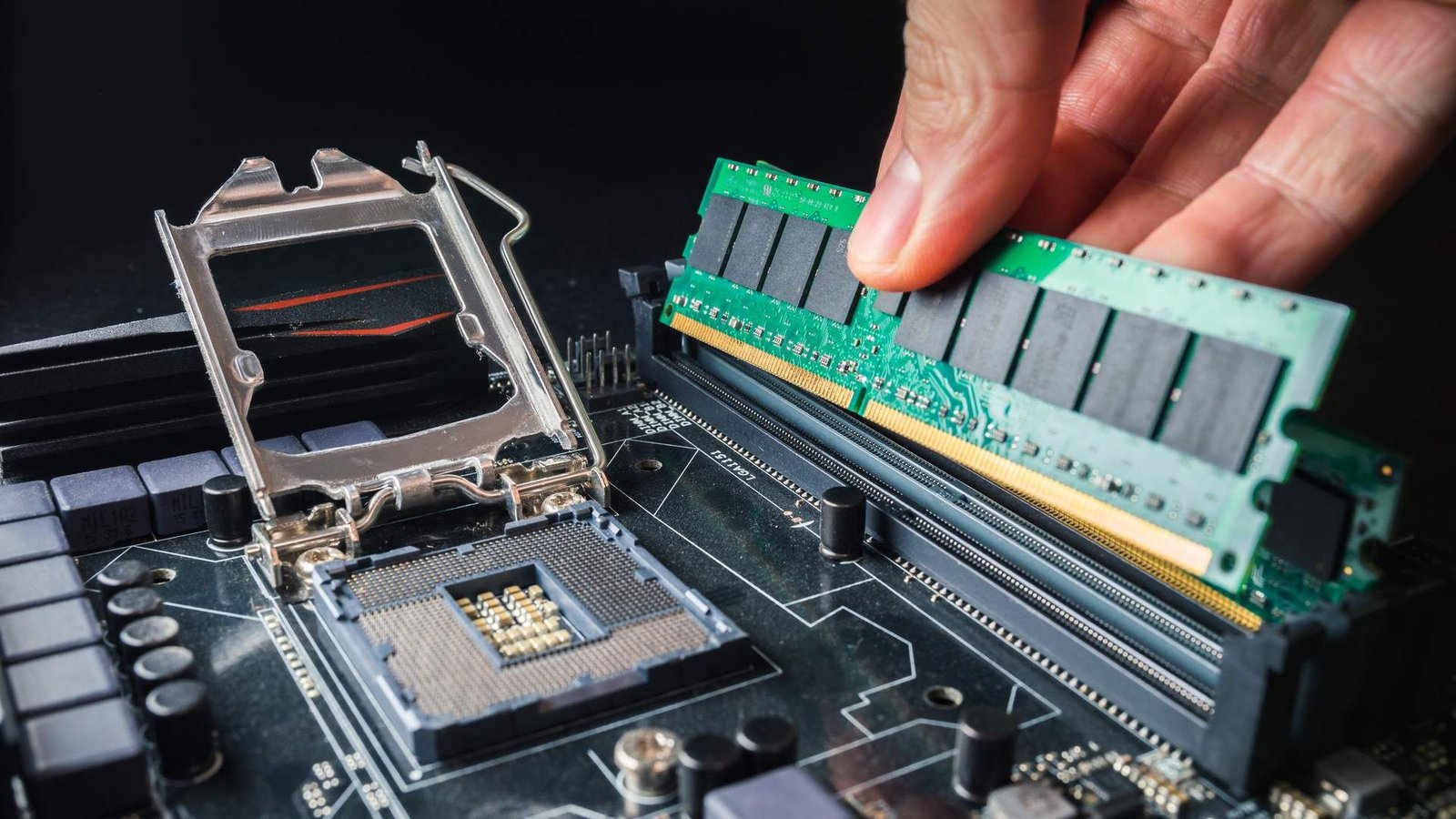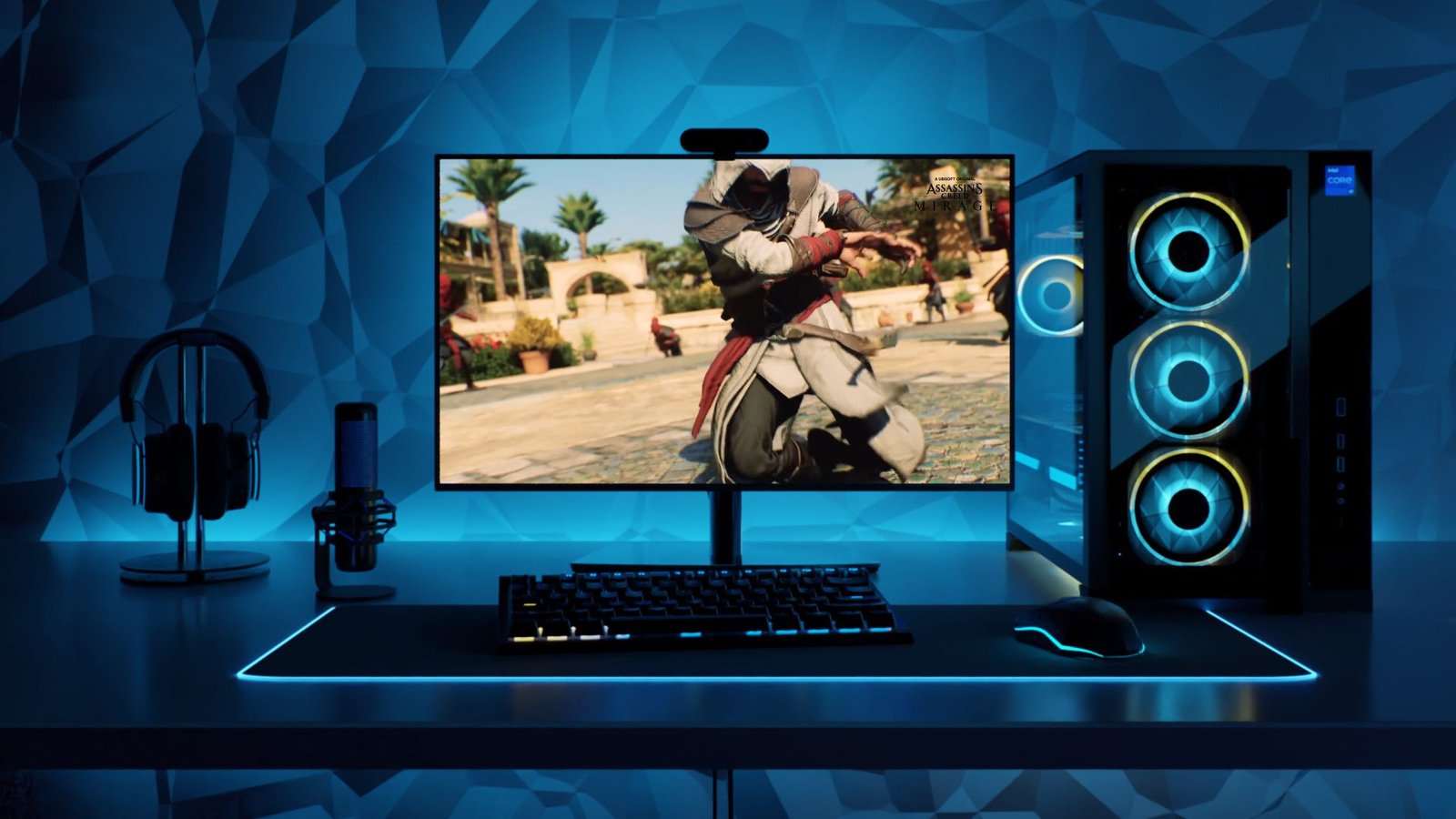Computers have come a long way since their early days, transforming from massive machines to the sleek, powerful devices we rely on today. The evolution of computer systems has been marked by significant advancements in processing power, size, and functionality, revolutionizing industries and daily life. In this article, we’ll explore the key milestones in the development of computer systems and how they’ve shaped the technology we use today.
Early Beginnings: The First Computers
The Birth of the Mainframe
In the early stages of the evolution of computer systems, computers were large, complex machines that filled entire rooms. These early systems, like ENIAC in the 1940s, were known as mainframes and were primarily used for military and scientific calculations. Mainframes were expensive and required specialized operators, limiting their use to governments and large institutions.
Limited Accessibility
During this era, computers were inaccessible to the general public. Only select organizations had the resources to afford and operate these systems. However, this was just the beginning of the evolution of computer systems, paving the way for more accessible technology in the future.
The Introduction of Personal Computers
The PC Revolution
A major turning point in the evolution of computer systems occurred in the 1970s and 1980s with the introduction of personal computers (PCs). Companies like Apple and IBM developed smaller, more affordable systems that individuals and businesses could use. The Apple II and IBM PC brought computing into homes and offices, making it more accessible than ever.
Widespread Adoption
As personal computers became more affordable and user-friendly, they saw widespread adoption. The introduction of graphical user interfaces (GUIs) in the 1980s, like those seen in Apple’s Macintosh and Microsoft’s Windows, made computers easier to use for non-technical users. This phase of the evolution of computer systems opened the door to mass adoption and the rise of the digital age.

The Rise of Laptops and Portable Devices
The Shift to Mobility
Another significant development in the evolution of computer systems was the shift from desktop computers to laptops and portable devices. In the 1990s and early 2000s, laptops became increasingly popular, offering the same functionality as desktop computers with the added convenience of mobility. This allowed users to work, learn, and play on the go.
Portability Meets Power
As technology advanced, laptops became more powerful, offering high performance in compact designs. The rise of smartphones and tablets further accelerated the evolution of computer systems, providing users with powerful computing capabilities in the palm of their hands. This shift to portability has redefined how we interact with technology, making it an integral part of our daily lives.
The Age of Cloud Computing and AI
Cloud-Based Solutions
In recent years, the evolution of computer systems has been marked by the rise of cloud computing. Cloud-based solutions allow users to store data and run applications online, reducing the need for powerful local hardware. This development has enabled more flexible, scalable computing, as users can access their data from anywhere with an internet connection.
Artificial Intelligence and Machine Learning
Another key milestone in the evolution of computer systems is the integration of artificial intelligence (AI) and machine learning. These technologies enable computers to learn from data, make predictions, and perform tasks that once required human intelligence. AI is now used in various industries, from healthcare to finance, revolutionizing the way we approach problem-solving and decision-making.
The Future of Computer Systems
Quantum Computing and Beyond
As the evolution of computer systems continues, one of the most exciting prospects is quantum computing. Quantum computers, which are still in development, promise to solve complex problems far beyond the capabilities of current systems. This technology has the potential to revolutionize industries like cryptography, materials science, and artificial intelligence.
A Connected World
Looking ahead, we can expect the continued integration of computer systems with everyday life. The Internet of Things (IoT) is already connecting devices, appliances, and even cities, creating a world where technology works seamlessly in the background. As the evolution of computer systems progresses, we’ll likely see even more interconnected and intelligent systems shaping our future.
Conclusion
The evolution of computer systems has been a remarkable journey, from the massive mainframes of the past to the sleek, portable devices we use today. Each phase of development has brought new capabilities, making computers faster, smaller, and more accessible. As we look to the future, innovations like AI and quantum computing promise to push the boundaries of what’s possible, continuing to transform the way we live and work.











